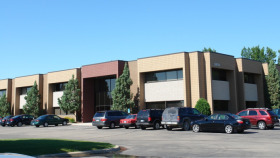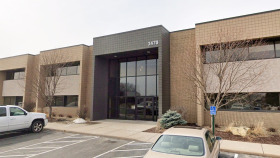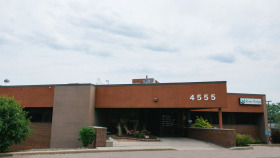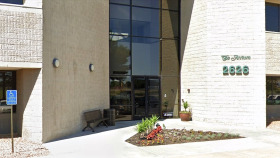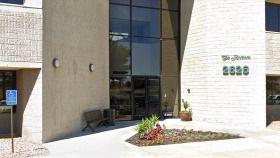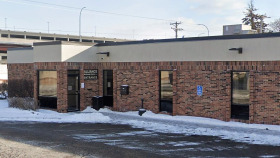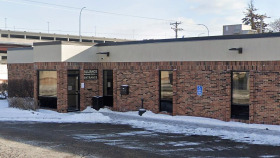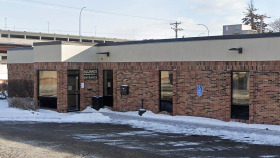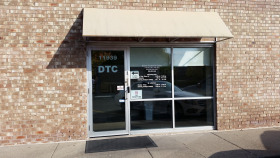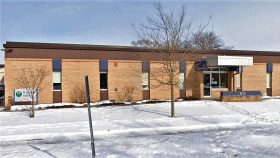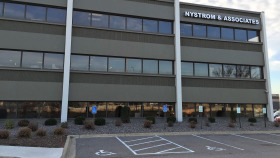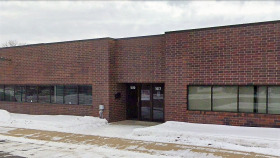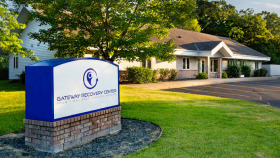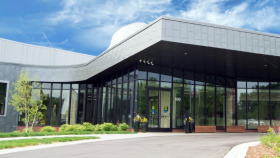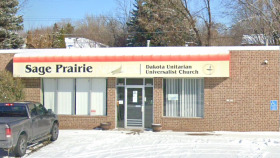Substance Abuse Statistics in Eagan, MN
Eagan, much like the rest of the United States, has had to deal with the consequences of substance abuse. Here are some statistics about alcohol and drug use in Eagan and Dakota County:1, 2, 3
The majority of emergency department visits due to drug overdose were in 15-24-year-olds in 2020.
In 2021, 20% of adults in Dakota County reported excessive drinking.
In 2021, 25% of motor vehicle deaths in Dakota County involved alcohol impairment.
Four drivers involved in fatal motor vehicle accidents had a blood alcohol level of .08 or higher.
Levels of Substance Abuse Treatment
Addiction needs vary by person and situation. The following levels of treatment are available to meet these various needs.
Alcohol and Drug Detoxification
Before beginning a formal inpatient or outpatient program, detox is often necessary. This is the process of safely and comfortably removing drugs or alcohol from your system. Detox occurs in a supervised setting, such as a hospital or inpatient rehab center.
Inpatient Drug and Alcohol Rehab
Residential or inpatient treatment provides 24/7 supervised care while you live at the rehab facility. A combination of treatment interventions is offered, including individual and group therapy, nutritional counseling, experiential therapies, and medication.
Partial hospitalization programs (PHPs)
PHPs allow you to live at home while attending treatment at a hospital. You may receive many of the same treatment services offered through inpatient care, but you can return home during non-treatment hours.
Intensive Outpatient Programs (IOPs)
IOPs are a step down from PHPs. With this program, you attend a few hours of counseling over several days each week while spending the rest of your time at work, school, or fulfilling other obligations.
Standard Outpatient
As the least intensive treatment option, standard outpatient care involves just one to two hours of treatment per week. This level is appropriate for highly motivated people with a strong support system.
Relapse Prevention
Relapse prevention, also referred to as aftercare, begins when you complete a rehab program. It involves ongoing support to encourage continuing sobriety. Supports typically include 12-step groups, therapy, sober living homes, or other accountability.
How to Pay for Substance Addiction Treatment in Eagan, Minnesota
Private Insurance
The Mental Health Parity and Addiction Equity Act requires all insurance providers to cover substance abuse and mental health treatment services in some capacity. Minnesota residents must confirm with their provider the precise coverage offered under their specific plan.
Minnesota Medicaid
Medical Assistance (MA) is Minnesota’s Medicaid program. This government program provides healthcare plans for Minnesota residents with low income. MA serves children and families, pregnant women, adults without children, seniors, and people who are blind or have a disability.5
Minnesota Medicare
Minnesota Medicare is a national health insurance program that provides health insurance for Minnesotans age 65 or older, have a disability status, or have end-stage renal disease or ALS. Medicare plans cover addiction treatment services; however, the rehab center must accept Medicare as a form of payment.
TRICARE in Minnesota
Minnesota TRICARE (West region) is a government program providing health insurance coverage to the U.S. Armed Forces military personnel, veterans, and their dependents. This coverage includes addiction treatment services.
Sliding Scale Rehabs
Sliding scale rehabs charge Minnesota residents only what they can afford, based on their income. Facilities typically require participants to provide proof of income to qualify for this discount.
IHS-Funded Drug Rehabs
Indian Health Service (IHS) provides free addiction treatment to Alaskan Natives and Indigenous people in the U.S.
Traveling to and Within Eagan, MN
 If you are thinking about getting treatment for alcohol or drug abuse, you may be wondering about options for drug or alcohol rehab in Eagan, MN. Eagan has many options for therapy, including both inpatient and outpatient rehab. Whether you are looking for a free rehab center in Eagan or one that offers detox, you will want some tips on traveling to and getting around the city:
If you are thinking about getting treatment for alcohol or drug abuse, you may be wondering about options for drug or alcohol rehab in Eagan, MN. Eagan has many options for therapy, including both inpatient and outpatient rehab. Whether you are looking for a free rehab center in Eagan or one that offers detox, you will want some tips on traveling to and getting around the city:
- You can get to Eagan from the Minneapolis-Saint Paul International Airport.
- The closest large cities to Eagan are Minneapolis and Saint Paul.
- There is a wide range of hotels and motels available in Eagan that can fit any budget.
- Traveling around Eagan requires a car or the use of public transportation.
- Eagan has many different parks, like Fish Lake Park and Rahn Park.
- If you are a sports enthusiast, you can visit the Minnesota Vikings training camp and the Vikings Museum.
- For fun for the whole family, you can visit the Cascade Bay Waterpark and the Good Times Park.
- If you enjoy art, you can take a walk through the Caponi Art Park.
Minnesota Alcohol and Drug Laws
Minnesota lawmakers and public health agencies have enacted the following laws related to substance misuse and overdoses:1,2,3,4
Good Samaritan Overdose Medical Assistance Law: This law stipulates that a person who seeks medical assistance for someone who is experiencing a drug-related overdose may not be charged or prosecuted for the possession or use of a controlled substance or drug paraphernalia. The law also protects the person who is experiencing the overdose from prosecution. This law is designed to remove fear of legal repercussions, to encourage Minnesota residents to call 911 during an overdose situation.
Minnesota’s Drug and Alcohol Testing in the Workplace Act: In Minnesota, employers are not permitted to drug test their employees with impunity. The laws allow only specific instances in which drug and alcohol testing could be legal in the workplace. Policy makers are reviewing these laws now that marijuana use was legalized in Minnesota in 2022.
Marijuana Laws: As of July 1, 2022, Minnesota residents who are at least 21 years old can legally purchase and consume edible and drinkable products containing hemp-derived THC. The law allows businesses to sell, and individuals to consume products containing no more than five milligrams of THC per serving and no more than 50 milligrams of THC per package.
Resources
- Minnesota Department of Health. (2022). Dakota County Substance Use and Overdose Profile.
- University of Wisconsin Population Health Institute. (2022). County Health Rankings and Roadmaps: Minnesota-Dakota County.
- National Highway Traffic Safety Administration. (2022). Persons Killed by State: Minnesota: Dakota County.


